Panel Anechoic Chamber
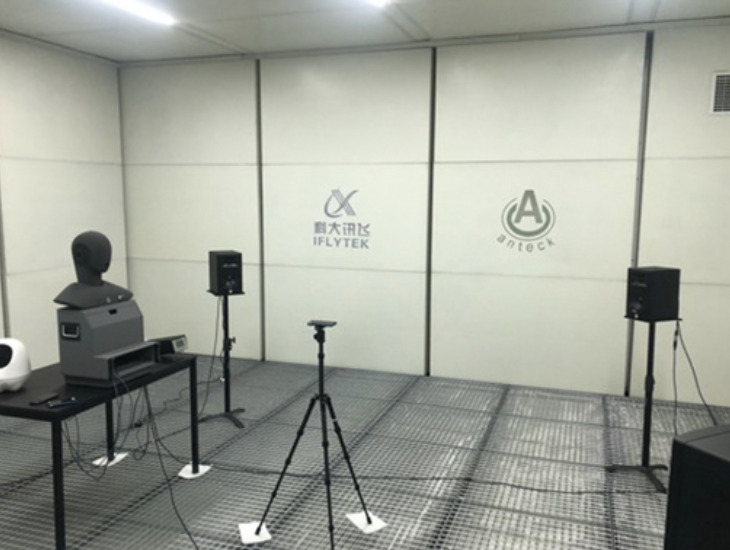
Panel Anechoic Chamber
Anteck company specializes in acoustics, ensuring our technological advancement in the field. Beyond traditional anechoic chambers, our patented FLAT PANEL anechoic chamber uses imported non-glass wool materials that are environmentally friendly, flame retardant, and compliant with North American and EU standards. With its aesthetic design, it meets low-frequency requirements of 50-100Hz. Compared to traditional wedge chambers requiring 800-1000mm thickness, our panel chamber achieves acoustic requirements with just 300-350mm wall thickness. We currently serve dozens of clients including Huawei, iFlytek, VIVO, Dongfeng, and others.
Consulting Number: +1 (949) 992-3596
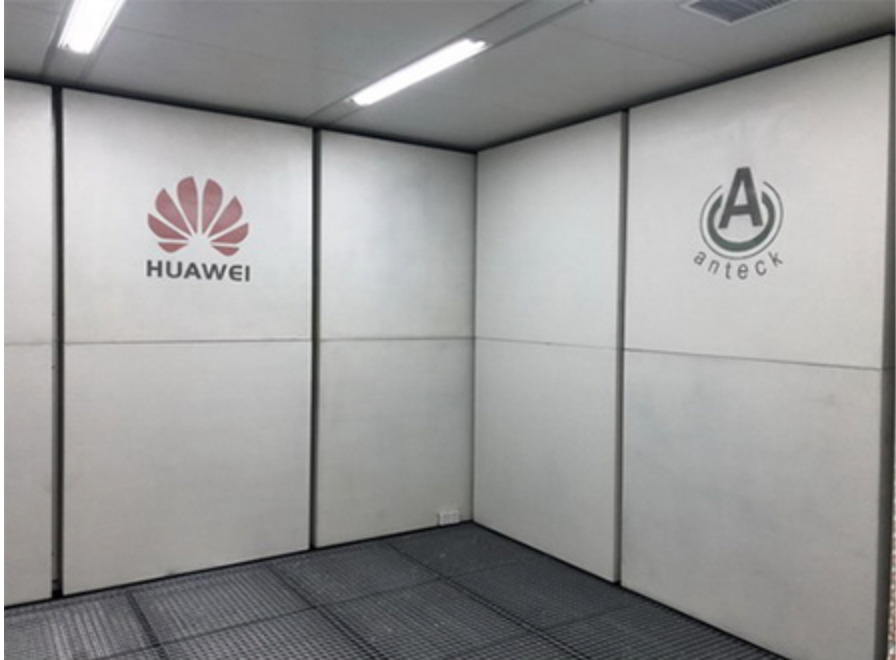
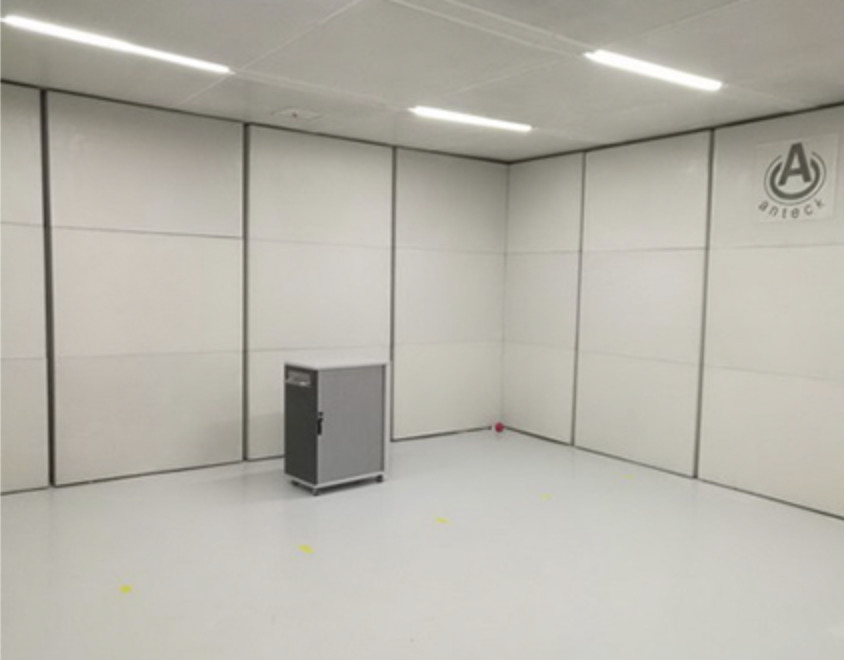
We continue to offer traditional wedge anechoic chambers, which not only deliver superior performance at competitive prices but also feature aesthetic design and eco-friendly materials. Our products are exported to the United States, Singapore, Russia, India, Japan, Taiwan, and other countries and regions, meeting the strict environmental and performance requirements of the EU and North America.
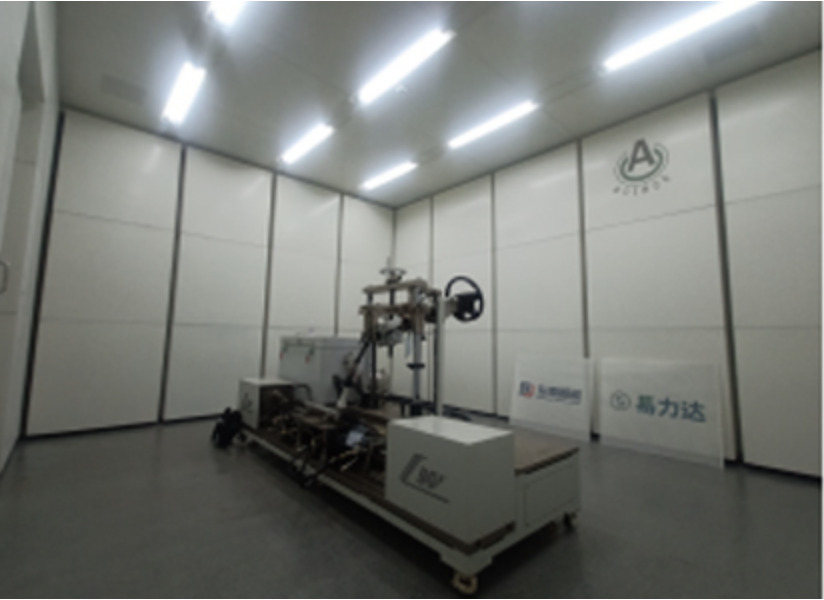
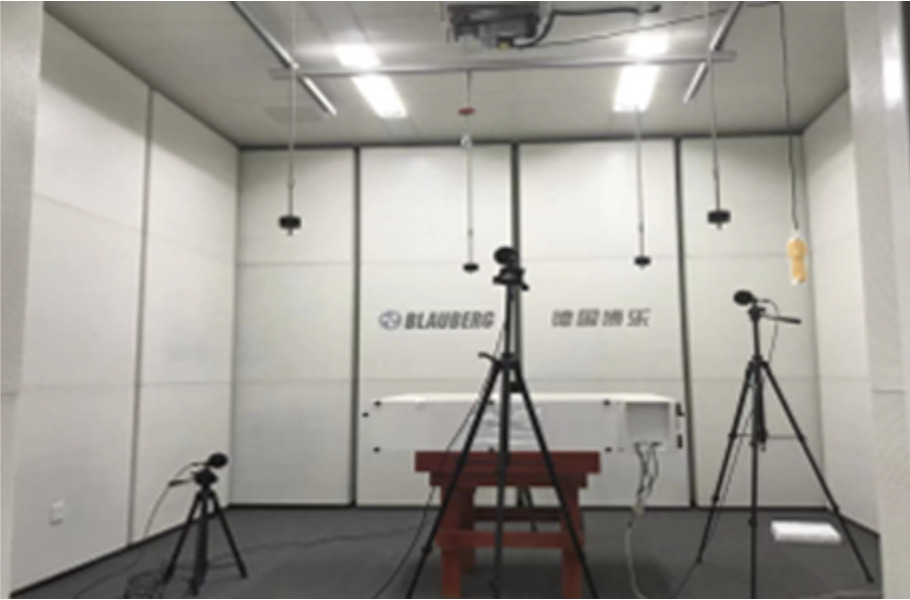
Anechoic Chamber Types
Full Anechoic Chamber, Semi-Anechoic Chamber, Simple Anechoic Chamber
Sound Absorption Material Types
Glass Wool Wedges, Metal Wedges, Panel Anechoic Chamber
Sound Insulation Panel Types
Concrete Construction, Metal Sound Insulation and Absorption Panels
Vibration Isolator Types
Spring Vibration Isolators, Rubber Vibration Isolators
Full Anechoic Chamber Floor Grid Types
Steel Wire Soft Grid, Steel Bar Hard Grid
Anechoic Chamber Usage
Primarily used for standardized precision testing of automotive, electromechanical, household appliances, and telecommunications products.
Chamber Dimensions
Example: External dimensions approximately 5600mm*3200mm*4500mm
Internal dimensions 3000mm*2500mm*3000mm
Chamber Performance
Example: Background noise less than 5dB, cutoff frequency 80hz.
Chamber Features
Standard acoustic free-field space, used for precision acoustic testing, provides third-party testing and calibration reports.
Basic Concept of Anechoic Chamber (Semi-Anechoic)
The anechoic chamber (semi-anechoic) is an essential testing environment for various noise tests and acoustic research. Anteck company has inherited years of acoustic research results while combining practical engineering experience to design and construct multiple distinctive anechoic chambers domestically.
Design
After fully understanding client requirements, Anteck company designs anechoic chambers according to standards. The acoustic indicators in the design include background noise, cutoff frequency, usable space, and vibration reduction. While meeting acoustic indicators, the design also considers convenience, wedge doors, test specimen installation and transport, ventilation conditions, instrument wiring, monitoring conditions, and indoor environment. Every anechoic chamber designed by Anteck company is a masterpiece of interior finishing.
Construction
During construction, the company extensively controls material selection to ensure indoor environmental pollution meets national standard requirements.
Free-Field Space
The main function of an anechoic chamber is to provide a free-field or semi-free-field space for acoustic testing. A free field refers to sound wave propagation in infinite space without any reflecting bodies or surfaces. In nature, a free-field space is created by placing the sound source in the air, far from any reflecting objects, allowing sound waves to propagate freely in 360° all directions. A semi-free-field space has one reflecting surface in the free space, where sound waves can only propagate freely in a 180° hemisphere. Common semi-free-field spaces include large outdoor parking lots with cement surfaces, outdoor basketball courts, and aircraft parking areas.
Wave Propagation Physics in Free-Field and Semi-Free-Field Spaces
(1) For point sound sources, sound pressure decreases with distance, following the inverse square law of sound energy
(2) Sound pressure level equals sound intensity level under normal temperature and pressure, which is the theoretical basis for measuring sound power in anechoic chambers.
Background Noise
Although large outdoor parking lots with cement surfaces, outdoor basketball courts, and aircraft parking areas can provide semi-free-field spaces, measurements are affected by background noise. Consider that a refrigerator's noise at 30dB (A) cannot be measured when environmental background noise is 45dB (A). Therefore, another function of anechoic chambers is to provide a low background noise environment suitable for testing requirements.
According to national standard GB6882-86 "Acoustics - Determination of Sound Power Levels of Noise Sources Using Sound Pressure - Precision Methods for Anechoic and Hemi-Anechoic Rooms," within the test frequency range, background noise level must be at least 6dB lower than the measured source's sound pressure level, preferably 12dB lower.
Cutoff Frequency
An anechoic chamber simulates free-field or semi-free-field space indoors, requiring wall surface absorption coefficients above 99%. Semi-free-field ground reflection coefficients should be above 95%. Designing a 100% sound absorber across the full frequency band (20 Hz-20000 Hz) is impossible. High-frequency sound waves are easily absorbed by front-facing materials, while low-frequency absorption relates to material thickness (wedge length). The cutoff frequency indicates frequencies above which wall surfaces maintain 99% absorption coefficient. In practical engineering, (semi-)free-field space refers to sound waves above the cutoff frequency, with lower cutoff frequencies requiring longer wedges. Generally, wedge length follows the quarter-wavelength theory.
Chamber Verification Methods
In practical engineering, free-field space characteristics are key criteria for verifying anechoic chamber quality. National standards ISO 3744 and GB 6882-2016 specify methods for verifying anechoic chamber free-field space.
Additionally, background noise is another crucial indicator. The measured background noise combines instrument background noise and chamber background noise.
Product Center
Our Contact Info
Suzhou Anken Electronic Technology Co., Ltd
Address: Workshop 108, No. 288 Gaoshan Road, New District, Suzhou
Contact: Manager Zhou
Phone: +1 (949) 992-3596
Email: anteck@126.com
anteck@anteck.com.cn
Fax: 0512-68785280
